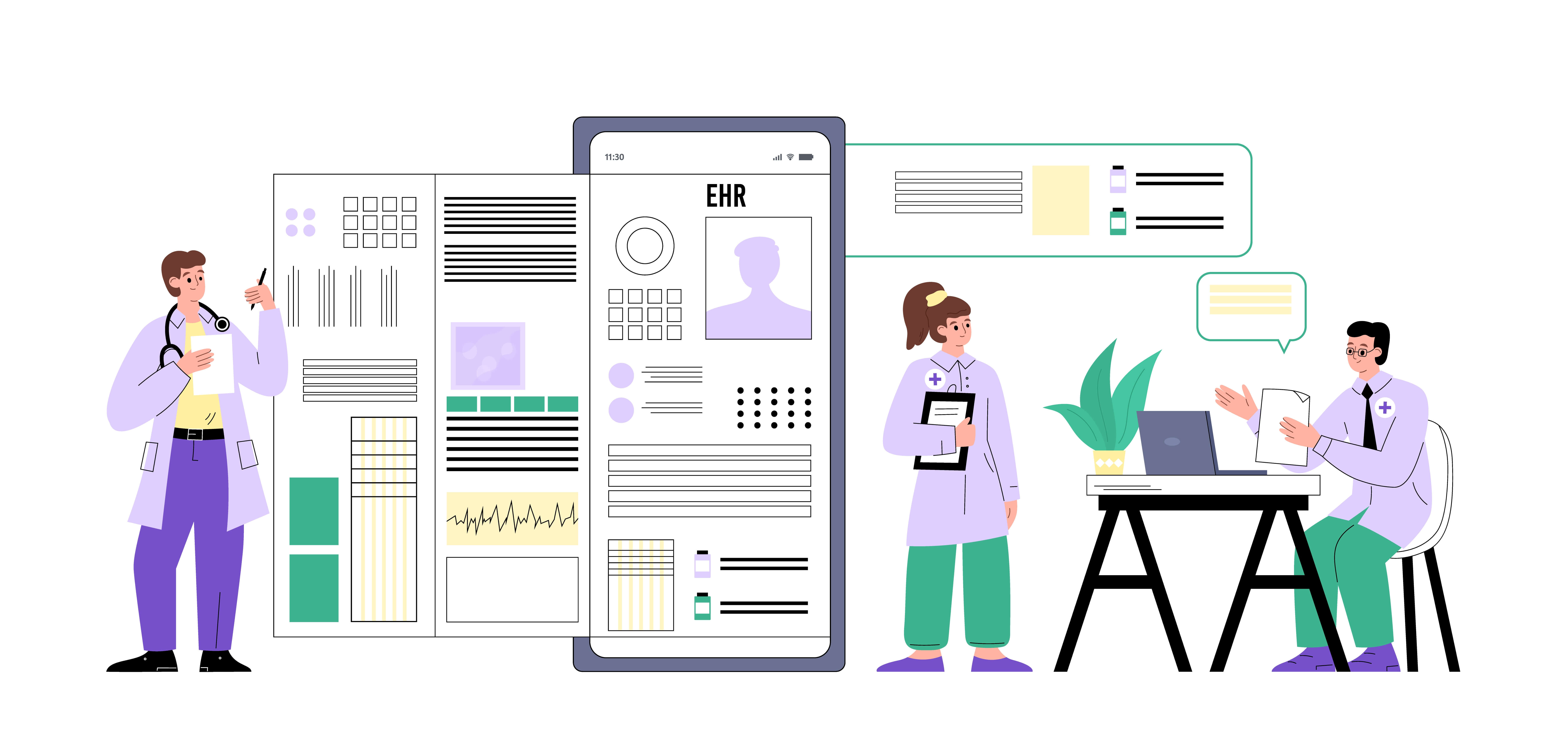Introduction
In today’s world, technology has transformed every industry, including healthcare. Electronic medical records (EMRs) have become an essential part of the healthcare industry. The use of EMRs has numerous benefits, such as improved accuracy and completeness of patient information, increased efficiency and productivity for healthcare providers, enhanced communication and coordination among healthcare professionals, better patient outcomes and safety, and cost savings for healthcare organizations and patients.
Despite these benefits, there are also challenges to EMR adoption, such as resistance to change, technical challenges, and concerns over data privacy and security. However, education and training, collaboration and partnerships, and investment in technology infrastructure can all help to overcome these obstacles.
In this article, we will discuss the importance of EMRs in healthcare and how they are essential for better healthcare outcomes.
Benefits of Electronic Medical Records
Improved accuracy and completeness of patient information
EMRs improve the accuracy and completeness of patient information by reducing the risk of errors and incomplete data entry. It eliminates the need for paper-based systems, which are often difficult to read and can result in medical errors. With EMRs, healthcare providers can access real-time patient data, reducing the risk of duplicate tests and procedures.
Increased efficiency and productivity for healthcare providers
EMRs improve the efficiency and productivity of healthcare providers by eliminating the need for manual record-keeping. Healthcare providers can easily access patient data, update their medical histories, and view test results. This saves time and allows healthcare providers to focus on patient care.
Enhanced communication and coordination among healthcare professionals
EMRs allow for better communication and coordination among healthcare professionals, reducing the risk of medical errors. It allows for real-time updates and the sharing of patient information between providers, resulting in more informed decision-making and better patient outcomes.
Better patient outcomes and safety
EMRs improve patient outcomes and safety by providing healthcare providers with accurate and up-to-date patient information. This allows for early detection and treatment of diseases and conditions, reducing the risk of medical errors and adverse events.
Cost savings for healthcare organizations and patients
EMRs result in cost savings for healthcare organizations and patients by reducing the need for manual recordkeeping and reducing the risk of medical errors. It also eliminates the need for paper-based systems, reducing the cost of storage and maintenance of paper records.
Challenges to Electronic Medical Records Adoption:
Resistance to change from healthcare providers and staff:
The adoption of EMRs is often met with resistance from healthcare providers and staff who are used to paper-based systems. This can make the transition to EMRs difficult, and education and training are required to overcome this challenge.
Technical challenges and implementation costs:
EMRs require a significant investment in technology infrastructure, and implementation can be costly. This can make it challenging for healthcare organizations to adopt EMRs, especially smaller organizations with limited resources.
EMRs store sensitive patient information, which raises concerns over data privacy and security. Healthcare organizations must ensure that proper measures are in place to protect patient data from unauthorized access and breaches.
Addressing the Challenges
Education and training for healthcare providers and staff
Healthcare organizations must provide education and training to healthcare providers and staff to overcome resistance to change and ensure the successful adoption of EMRs.
Collaboration and partnerships between healthcare organizations and technology companies
Healthcare organizations can partner with technology companies to develop and implement EMR systems. This collaboration can provide access to the latest technology and expertise in the field.
Investing in secure and reliable technology infrastructure
Healthcare organizations must invest in secure and reliable technology infrastructure to ensure the safety and privacy of patient data. This can help overcome technical challenges and ensure the successful adoption of EMRs.
Conclusion
EMRs are essential for better healthcare outcomes. They provide healthcare providers with accurate and up-to-date patient information, resulting in better patient outcomes and safety. While challenges to adoption exist, education and training, collaboration and partnerships, and investment in technology infrastructure can help overcome these challenges. It is time for healthcare organizations and providers to embrace EMRs and transform the healthcare industry.
Check out our most recent article : Why Medical Transcription Services are Essential and Importance of Accurate Medical Records
Frequently Asked Question (FAQ)

